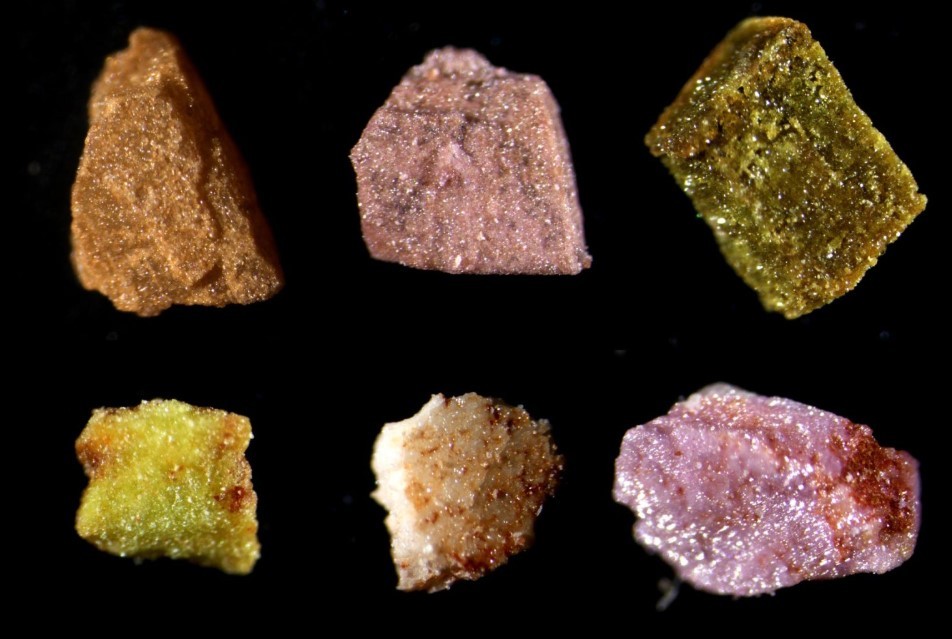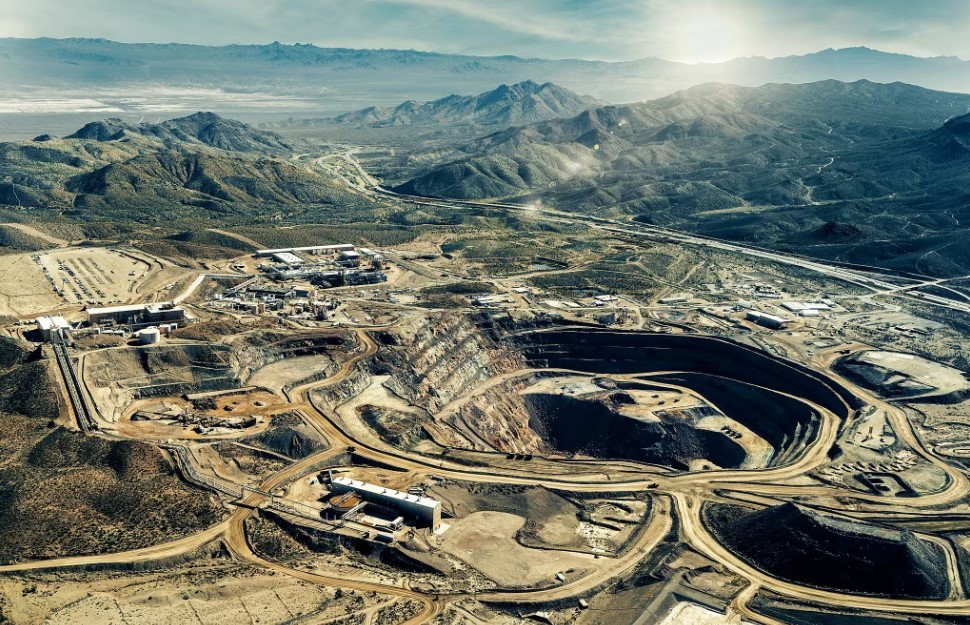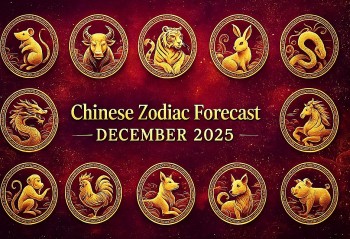Why Rare Earth Recycling Will Be the Next Big Green Investment (2025–2030 Outlook)
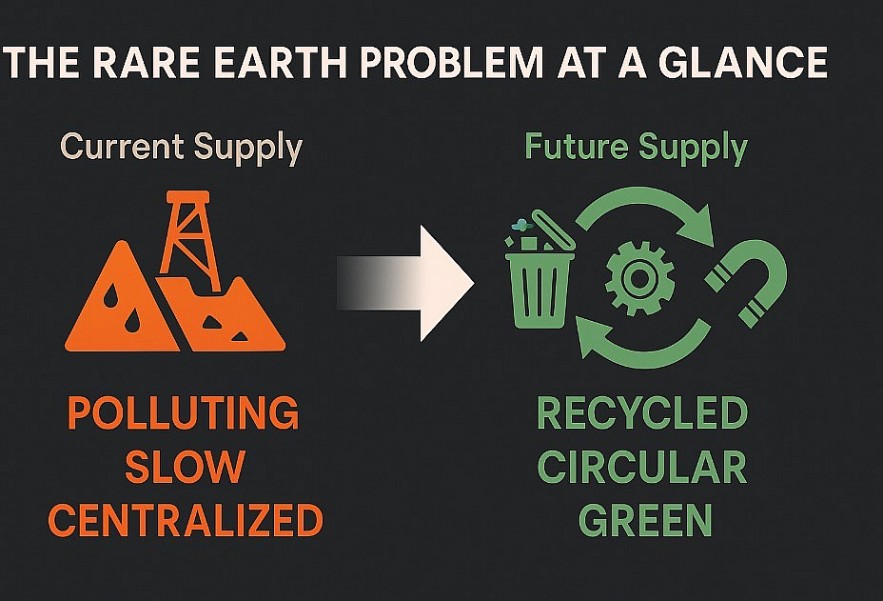 |
| The Rare Earth Problem at a Glance |
Rare Earths, Rare Opportunity
Rare earth elements (REEs) like neodymium, dysprosium, and terbium are the invisible engine behind the clean energy transition. They power electric vehicles, wind turbines, robotics, and even AI hardware. Yet mining and refining these materials is an environmental nightmare—and geopolitical headache.
With demand skyrocketing and sustainability under the microscope, a new green investment trend is emerging: rare earth recycling. Instead of digging deeper, the future lies in recovering REEs from what we already have—a massive, untapped urban mine.
Learn more: What Are Rare Earth Elements and Why Are They So Important?
1. Rare Earth Demand Is Accelerating Fast
The global demand for rare earth elements is expected to grow 2–3x by 2030. Several megatrends are fueling this growth:
-
EV Revolution: Over 60 million electric vehicles projected on roads by 2030. Each motor needs REE magnets.
-
Renewable Energy Boom: Direct-drive wind turbines use up to 600 kg of neodymium magnets.
-
AI & Defense Sectors: REEs are essential for quantum computing, radar, and drone tech.
According to the International Energy Agency (IEA), by 2040, clean energy technologies will account for 40–70% of total rare earth demand.
2. Mining Rare Earths Is Unsustainable—and Risky
Current rare earth mining practices are:
-
Toxic: Up to 2,000 tons of toxic waste per ton of REE.
-
Concentrated: Over 80% of global refining happens in China.
-
Slow: New mines take 5–10 years to go online.
-
Unpopular: Communities in the U.S., Europe, and Africa are pushing back against new REE mining projects.
All this creates a supply chain bottleneck—and an urgent need for cleaner, faster, and local solutions.
3. Rare Earth Recycling: Turning Waste into Wealth
Rare earths can be recycled indefinitely without degradation. The biggest sources of recyclable REEs include:
Sources of Rare Earth Recycling:
-
Retired EV motors and e-bike parts
-
End-of-life wind turbines and generators
-
Consumer electronics (smartphones, hard drives, speakers)
-
Industrial magnets and factory waste
The rare earth recycling market is still in early stages but growing rapidly. Experts project it could account for 20–30% of total REE supply by 2030.
Learn more: What are Rare Earth Elements: The Top 10 Countries with the Largest Reserves
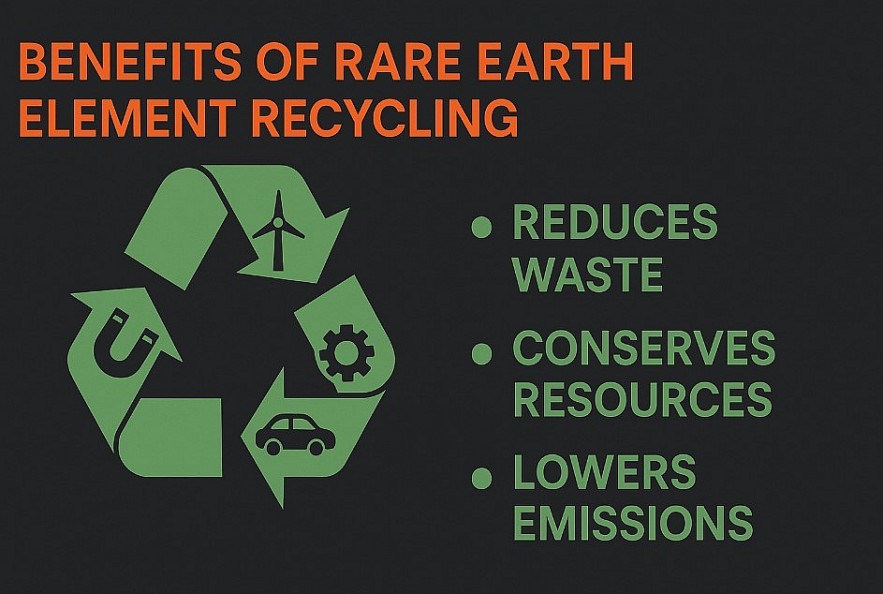 |
| Where Rare Earths Come From (and Should Go) |
4. Leading Companies and Governments in Rare Earth Recycling
Tech Innovators & Startups
-
Urban Mining Co. (USA): Closed-loop neodymium magnet production.
-
HyProMag (UK): Hydrogen-based REE separation tech.
-
REEcycle (Houston): Award-winning rare earth recovery from magnets.
Governments & Strategic Programs
-
The U.S. Department of Energy is funding over $30 million in REE recycling pilot projects.
-
The European Commission included rare earths in the Critical Raw Materials Act (2023).
-
Japan mandates the recycling of electronics containing REEs.
ETFs & Public Stocks
-
REMX ETF includes exposure to rare earth recyclers and critical mineral suppliers.
-
MP Materials is exploring closed-loop rare earth supply in the U.S.
5. Challenges Slowing the Recycling Boom
Rare earth recycling isn't mainstream yet. Key obstacles include:
Technical Complexity
Separating small REE quantities from e-waste or magnets requires advanced extraction technology.
Infrastructure Gaps
There is a lack of standardized collection systems and processing infrastructure.
Economic Viability
Virgin REEs, especially from China, are still cheaper—for now. But this will change as:
-
Carbon regulations expand
-
Circular economy incentives grow
-
Recycling technologies improve
6. Forecast: 2025–2030 Rare Earth Recycling Outlook
| Year | Event | Impact |
|---|---|---|
| 2025 | EU and US tighten e-waste rules | More mandatory REE recovery |
| 2026 | First large-scale REE recycling IPO | Opens investment floodgates |
| 2027 | Commercial-scale magnet-to-magnet tech | Cheaper, greener REEs enter EV market |
| 2028 | Carbon credit markets expand to REE recycling | Attracts ESG capital |
| 2030 | 25% of REEs from recycled sources | Supply chain transformation |
7. Investing in Rare Earth Recycling: What to Watch
Key Indicators of Growth:
-
Regulatory pressure on green supply chains
-
Venture funding into e-waste and urban mining
-
Large-scale EV and turbine retirements
-
Inclusion of recyclers in clean energy ETFs
How to Get Involved:
-
Track ETFs with exposure to rare earth recyclers
-
Monitor startups in the recycling and magnet sectors
-
Stay updated on legislation affecting critical minerals and e-waste
Conclusion: The Circular Future of Critical Minerals
As the clean tech boom accelerates, rare earth recycling is emerging as one of the smartest, most sustainable bets of the next decade. It aligns with ESG goals, reduces geopolitical risk, and supports a circular economy. From scrap yards to billion-dollar funds—this is where the green money is going.
Frequently Asked Questions (FAQs)
What are rare earth elements used for?
Rare earth elements are essential for EV motors, wind turbines, smartphones, defense systems, and AI chips due to their magnetic and conductive properties.
Can rare earths be recycled?
Yes. Rare earth elements can be recovered and reused indefinitely without losing performance, making them ideal for circular supply chains.
Why is rare earth recycling important?
It reduces dependency on mining, lowers environmental impact, and diversifies global supply away from China’s dominance.
How much of rare earths are recycled today?
Currently, less than 1% of rare earths are recycled globally, but this is expected to rise significantly by 2030 due to regulatory and technological advances.
What companies are leading in rare earth recycling?
Companies like Urban Mining Co., HyProMag, and REEcycle are pioneers in commercial-scale rare earth recycling.
 Choosing the Appropriate Business Insurance: Determining the Right Plan for Your Needs Choosing the Appropriate Business Insurance: Determining the Right Plan for Your Needs In the dynamic and ever-changing world of business, the importance of obtaining comprehensive business insurance has never been more important. This holds particular significance given ... |
 Gold Fever: Vietnam Discovers 52 New Gold Mines in 2025, Redrawing Global Mining Map Gold Fever: Vietnam Discovers 52 New Gold Mines in 2025, Redrawing Global Mining Map Vietnam stuns global markets with the discovery of 52 new gold mines in 2025, adding 40 tons of reserves as gold prices soar to a ... |
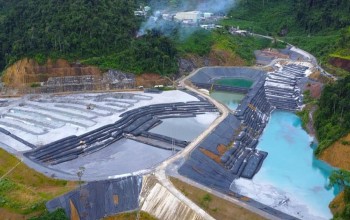 Top 5 Largest Gold Mines in Vietnam: Reserves, Status, and Economic Impact Top 5 Largest Gold Mines in Vietnam: Reserves, Status, and Economic Impact Below is an expert-curated ranking of the Top 5 Largest Gold Mines in Vietnam—based on total reserves, historical output, and economic relevance—updated 2025. |

